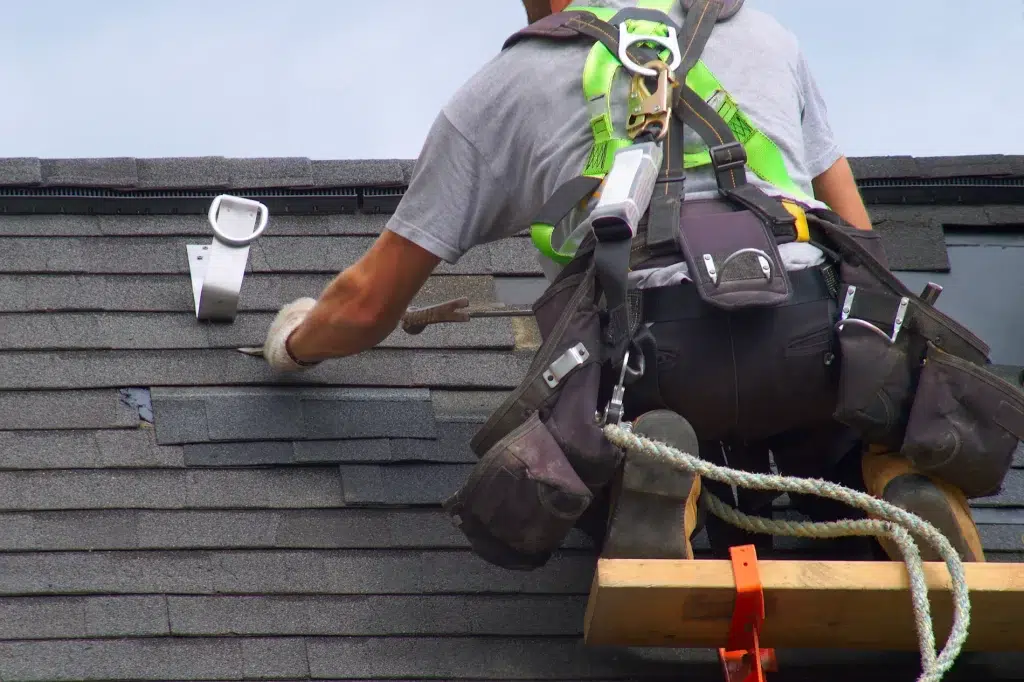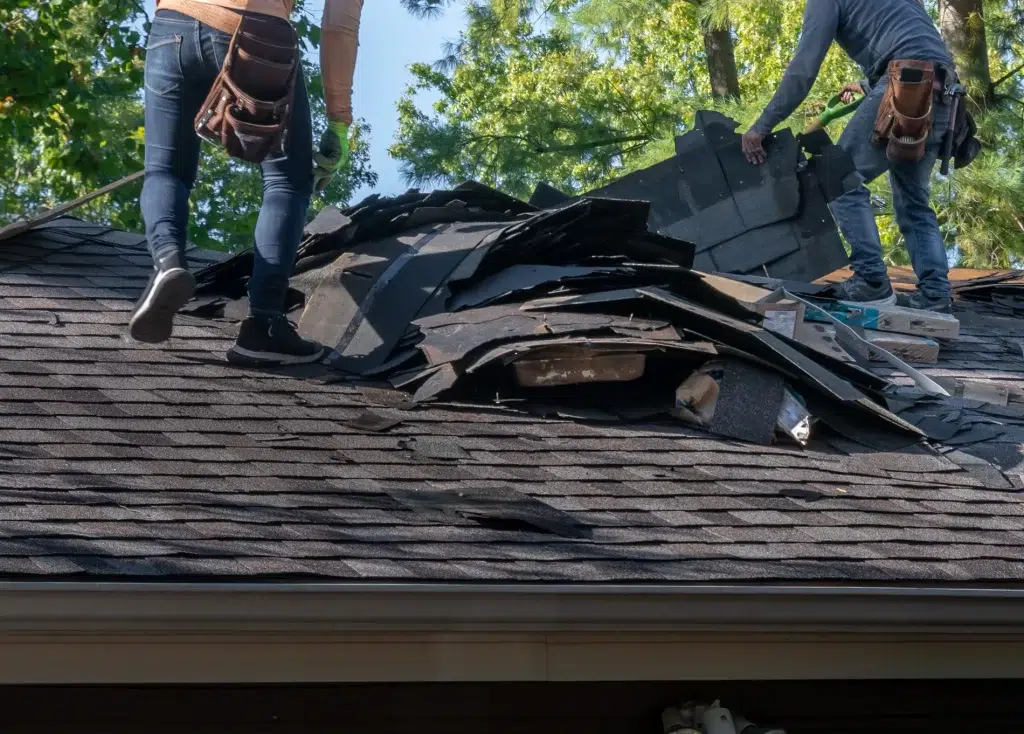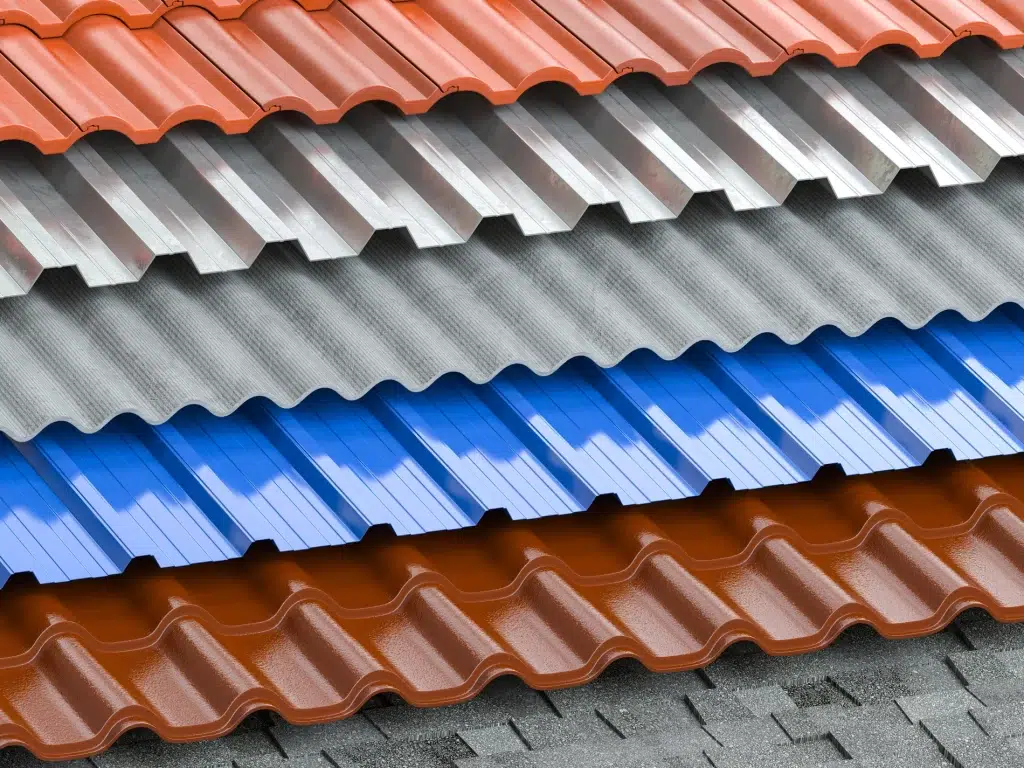Request a Free Estimate

Whether you are looking for a roof repair or replacement, siding, porch, deck, patio, or a home addition, at Rigid Roofing LLC, we provide the best quality service at an affordable price.
Mobile
Tablet
As homeowner, it’s vital to understand how the age of your roof influences your insurance premium and coverage. With older roofs, you might be facing increased premiums or even the risk of insurance denial. Regular maintenance and timely repair becomes vital to ensure adequate coverage. As your roof continues to age, roof replacement will become a key consideration for optimal coverage.
For many Texas homeowners, navigating insurance policies can be complex, especially when dealing with an aging roof. Comprehending the relationship between roof age and insurance coverage will help you make informed decisions. Let’s explore how the age of your roof impacts insurance costs and maintaining your roof to comply with regulations. We’ll also dive into recommendations for when to replace your roof to safeguard your home.
Insurance companies meticulously assess the condition and age of your roof before deciding on the premiums you pay. An older roof can spell bigger headaches, ranging from higher premiums to severe limitations in coverage.
Insurers take into account several factors when evaluating the age and condition of your roof. (Keep reading to learn more about factors they consider.) The quality of materials used, maintenance history, and expected lifespan of the roofing materials play a pivotal role.
As roofs age, they pose a higher risk of leaks and structural damage, which in turn can lead to more claims. Insurance companies might respond by hiking up your premiums or placing restrictions on your coverage. If your roof is over 20 years old, your insurer might only cover its actual cash value rather than the cost of replacement. This means you could be footing a major part of the bill if you face a roofing disaster.

Keeping your roof in good shape is not just about avoiding leaks. Maintaining your roof ensures that your insurance remains valid and sufficient.
Regular upkeep and professional inspections can be proof of your commitment to maintaining a risk-free home.
By taking proactive steps to care for your roof, you can extend its lifespan and prevent potential insurance issues.

Keeping your roof in good shape is not just about avoiding leaks. Maintaining your roof ensures that your insurance remains valid and sufficient.
Regular upkeep and professional inspections can be proof of your commitment to maintaining a risk-free home.
By taking proactive steps to care for your roof, you can extend its lifespan and prevent potential insurance issues.
Having your roof inspected by a professional can help catch potential issues before they become severe. Prompt repairs keep your roof in top condition and also reassure your insurance provider that your home is well-maintained. This will help you avoid potential premium hikes or denials of coverage.
Engaging professional roofing services for inspections and repairs can make a significant difference in the longevity of your roof:
Sometimes, continuous repairs might not be as cost-effective as replacing your aging roof. For many homeowners in Texas, a new roof can improve property value, enhance weather resilience, and significantly affect insurance terms.
Understanding when to opt for roof replacement over repairs depends on various factors like the extent of damage and repair costs. Sometimes, replacing your roof is a more cost-effective and practical choice than continuous patchwork.


Sometimes, continuous repairs might not be as cost-effective as replacing your aging roof. For many homeowners in Texas, a new roof can improve property value, enhance weather resilience, and significantly affect insurance terms.
Understanding when to opt for roof replacement over repairs depends on various factors like the extent of damage and repair costs. Sometimes, replacing your roof is a more cost-effective and practical choice than continuous patchwork.
Installing a new roof can positively impact your insurance coverage and premiums. By proactively replacing your roof and adhering to insurance requirements, Texas homeowners can enhance their coverage and potentially reduce premiums. It’s a proactive step towards safeguarding your home and financial well-being. Here’s how you can ensure a smooth transition:

The condition and age of your roof are not the only factors that can influence how much you pay for insurance coverage. Other considerations include roof material, slope and design, maintenance and inspection history, and external factors such as living in areas prone to weather-related events or natural disasters.
Understanding these additional roof-related elements can help you make informed decisions to potentially reduce your insurance costs and ensure your home is adequately protected.

The condition and age of your roof are not the only factors that can influence how much you pay for insurance coverage. Other considerations include roof material, slope and design, maintenance and inspection history, and external factors such as living in areas prone to weather-related events or natural disasters.
Understanding these additional roof-related elements can help you make informed decisions to potentially reduce your insurance costs and ensure your home is adequately protected.
The relationship between the age of your roof and your homeowner’s insurance coverage and premiums is crucial, especially for Texas homeowners with older roofs. By taking a proactive approach towards regular maintenance, timely repairs, and considering replacement when necessary, you can ensure your home is adequately protected. Remember, your roof shields you from the elements — it’s well worth keeping it in prime condition for your safety, and your wallet.
Copyright © 2024 Rigid Roofing LLC
Copyright © 2024 Rigid Roofing LLC
Designed by The Just Design Group, Inc
Designed by The Just Design Group, Inc

Whether you are looking for a roof repair or replacement, siding, porch, deck, patio, or a home addition, at Rigid Roofing LLC, we provide the best quality service at an affordable price.